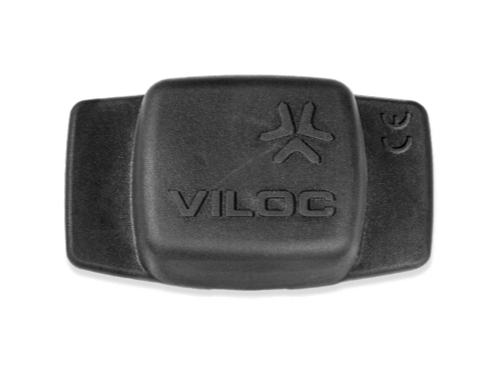KPN LocationTag I

Also known as Viloc Tag.
Supported network type(s):
KPNLORADevice Specification ID:
kpn-locationtag-iDevice Specification UUID:
00338b9a-25f8-43e5-ba36-7555bc00ad83
› Decoded payload
84e9d55d-28b3-43c2-9b2d-80ebce35222f
Decoder outputting sabotage flag and temperature reading.
+ Location by LoRa On Premises Gateway reception
8ae50706-4ad1-4823-90c8-4db166180846
Add location data to messages that are received by known LoRa On Premise Gateways.
+ LoRa Geolocation data
c2f529b3-a1e2-417e-a1f8-2269f4245af1
Add LoRa Geolocation data to messages where location could be calculated.
› Decoded payload v2
fa85c8cb-0f64-58c5-beea-69c94c55fc0e
Decoder for Viloc payloads.
‹ Encoded device modes or send interval
15575b9a-4a5f-4445-9417-4b7a56080f20
Send device modes for Asset Recovery: Active (5h interval), Missing (5min interval), or change send interval.
› Decoded payload
UUID:
84e9d55d-28b3-43c2-9b2d-80ebce35222fDescription: Decoder outputting sabotage flag and temperature reading.
Exchange:
decoder.lora.viloc.exchange
Expected SenML outputs
temperature
Cel
21.0
sabotaged
boolean
indicates if the device has been sabotaged
false
batteryLevelLow
boolean
indicates if the battery voltage has been below the threshold
false
Example Message
Note: batteryLevelLow is sent only once per day
+ Location by LoRa On Premises Gateway reception
UUID:
8ae50706-4ad1-4823-90c8-4db166180846Description: Add location data to messages that are received by known LoRa On Premise Gateways.
Exchange:
decoder.lora.lrr.exchange
Expected SenML outputs
See below. Output is comparable to LoRa Geolocation data.
+ LoRa Geolocation data
UUID:
c2f529b3-a1e2-417e-a1f8-2269f4245af1Description: Add LoRa Geolocation data to messages where location could be calculated.
Exchange:
decoder.location.data.kpn.actility.exchange
Expected SenML outputs
locOrigin
string
KPNLORA
indicates the origin of the location data
latitude
numeric
51.79
longitude
numeric
4.68
radius
m
319
together with latitude and longitude this defines the area where the device is expected to be located
locAccuracy
%
locPrecision
%
locTime
timestamp
1637165561
unix timestamp (in s) of the localization
Example SenML-message
This location info can be merged with the payload of the device
› Decoded payload v2
Decoder for Viloc payloads.
sabotaged
boolean
indicates if the device has been sabotaged
false
temperature
number
the temperature measured by the device
14
batteryLevelLow
boolean
indicates if the battery voltage has been below the threshold
false
Example SenML-message
The batteryLevelLow field in the example below is optional and will not be present in every uplink.
› Encoded payload
= Raw LoRa payload
Protocol: LoRa downlink
Description: Send raw LoRa payload to your device.
Multiple commands in one downlink: No
Input mapping:
Name:
payloadHex(raw input)
‹ Encoded device modes or send interval
Protocol: LoRa downlink
Description: Send device modes for Asset Recovery: Active (5h interval), Missing (5min interval), or change send interval.
Multiple commands in one downlink: No
Input mapping:
Name:
modeValue:
Active(translates into →010000646400D100C700DADA,02D180AA00C40784038405840484060A14)Value:
Missing(translates into →010000646400E1008600DADA,02E180AA00C0077B0380057B047B060A147B0214091F0C1F0E010088)
Name:
intervalValue:
1h(translates into →010000646400E1008600DADA,02E180AA00C0077B0380057B047B060A147B0214091F0C1F0E010088)Value:
2h(translates into →010000646400CD00CD00DADA,02CD80AA00C20781038105810481060A14)Value:
5h(translates into →010000646400D100C700DADA,02D180AA00C40784038405840484060A14)Value:
11h(translates into →010000646400D3005600DADA,02D380AA00C4078A038A058A048A061914)
Last updated
Was this helpful?
